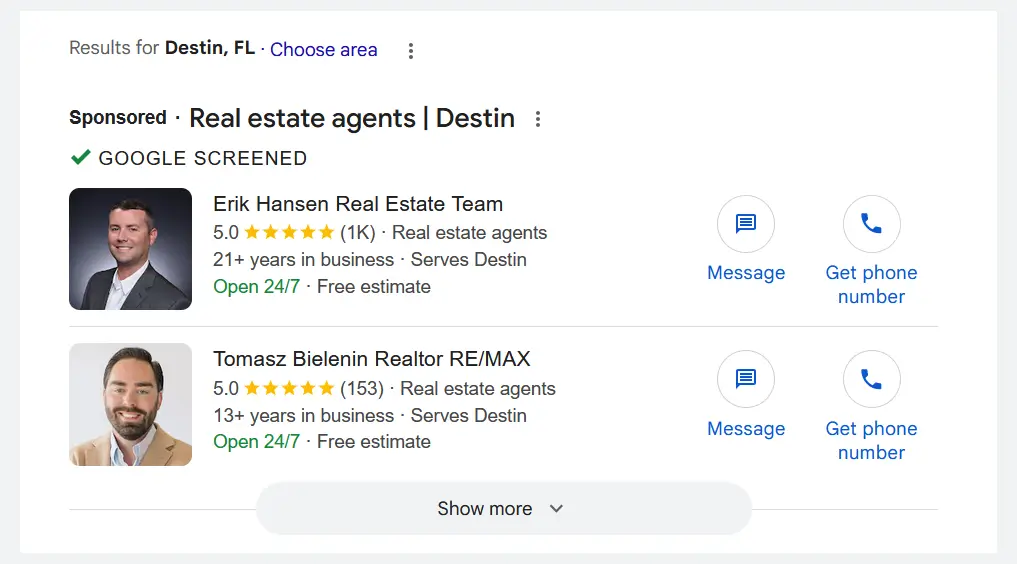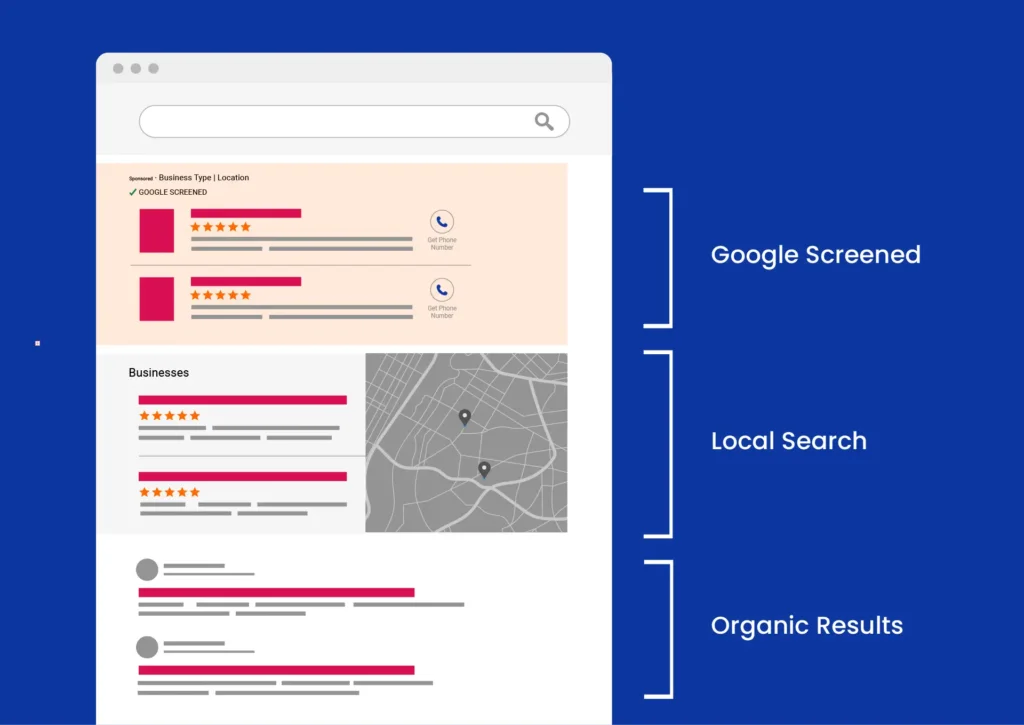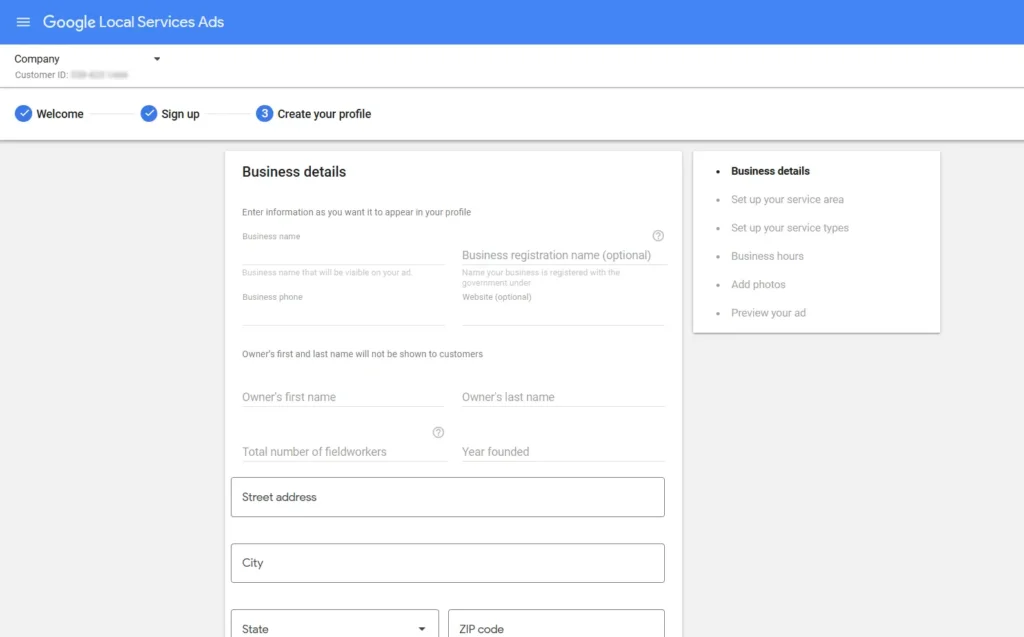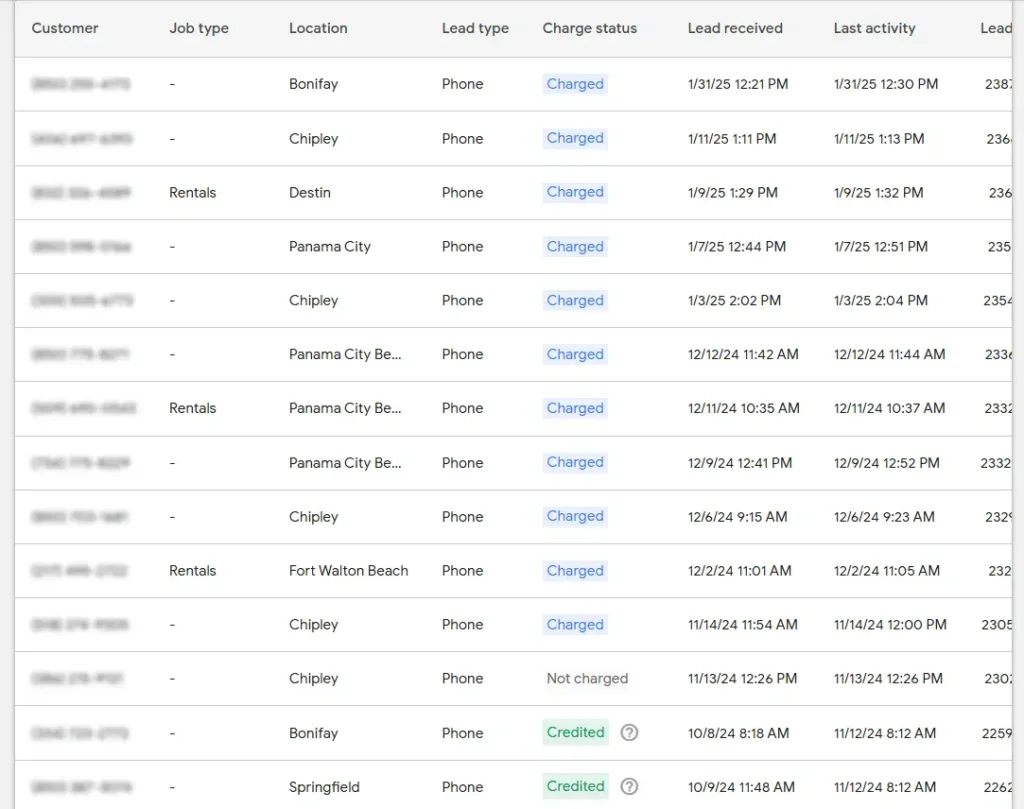What Is a One Pager? (And What Is It For?)
Let’s start simple: a one-pager is a single-page document that gives a clear, high-level overview of your business, product, or service.
You’ve probably seen them used in:
- Sales pitches or networking meetings
- Client onboarding
- Internal training
- Partner outreach or funding decks
Think of it as a summary with a purpose—a document that tells someone the essentials without sending them to your website, slide deck, or five-page brochure.
Unlike traditional marketing materials, a one-pager isn’t about saying everything—it’s about saying just enough to get the right people interested, curious, and ready to take the next step.
Why One Pagers Matter (Especially in Marketing)
If you’ve ever stumbled through the “So, what do you guys do?” question, you already know why one-pagers matter.
They force you to get to the point—and in marketing, that’s everything. Whether you’re handing it to a prospect, leaving it behind after a meeting, or sharing it with someone who just wants the TL;DR of your business, a one-pager puts your value front and center.
It also works as an internal alignment tool. When your sales team, account reps, and leadership are all working from the same one-pager, everyone’s speaking the same language. No mixed messages, no improvising.
And let’s be honest: we’ve seen businesses pour hours into long presentations that never get read. A strong one-pager gets scanned, remembered, and shared. It’s low commitment for the reader, high impact for you.
What to Include in a One Pager
This is where things get tricky—not because the list is long, but because it’s not. The most effective one-pagers don’t try to say everything—they just say the right things.
Here’s what we typically recommend including:
- Your company name and logo
This isn’t just about branding. It sets the tone for how polished and professional you look from the start. - A clear headline or positioning statement
What do you do, and who is it for? This should be the fastest takeaway on the page. - A brief overview of your product, service, or offer
One or two short paragraphs max—enough to explain, not exhaust. - Key benefits or differentiators
This is where your unique selling points (USPs) live. Bullet them out. Make them clear. - Optional: A feature breakdown or service menu
Especially useful for product-based or multi-service businesses. A clean layout with icons or visuals works well here. - Trust signals
Think client logos, short testimonials, awards, or impressive stats. These reinforce credibility at a glance. - Contact info and a call to action
Let people know what to do next. Whether it’s “Book a demo” or “Let’s talk,” be clear and direct.
The goal isn’t to cram every detail onto one page—it’s to leave the reader thinking, “I get what they do. I want to learn more.”
And just because it’s one page doesn’t mean it has to be boring. A thoughtful layout with strong visual hierarchy—like the example below—helps guide the eye and keeps the content easy to scan.
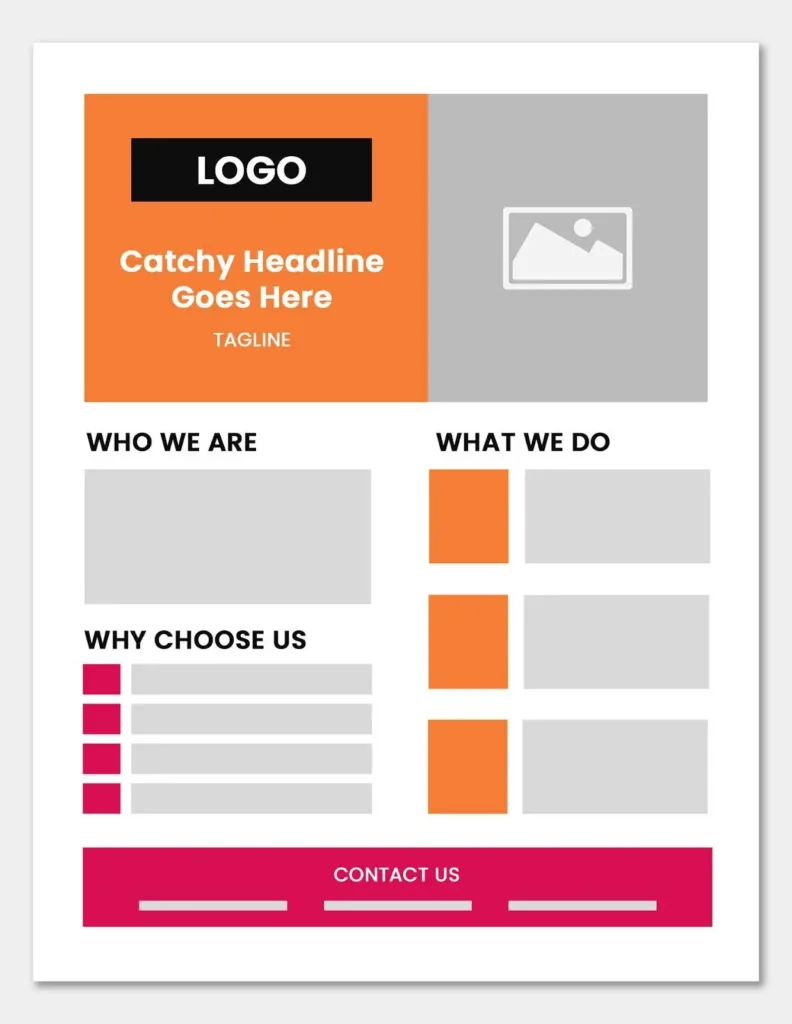
Example One Pager Layout: Use this as inspiration for structure, not a design rulebook.
Tips for Making a One Pager That Works
Writing a one-pager isn’t about squeezing everything into a smaller box—it’s about deciding what’s essential and cutting the rest. Here are a few tips we always follow:
- Start with one clear goal. Are you introducing your company? Pitching a service? Supporting a sales conversation? Knowing the purpose helps everything else fall into place.
- Prioritize your audience. What do they actually need to know to care or take action? Lead with that.
- Write like a pitch, not a website. Short, punchy, and benefit-focused always wins.
- Use structure to your advantage. Think headlines, icons, short blurbs—not long paragraphs.
- Don’t be afraid of white space. It makes your content easier to read and more likely to land.
Good one-pagers feel effortless to read—and that usually means a lot of work went into making them that way.
Real Talk: Why One Pagers Are Harder Than They Look
Most businesses think they can explain what they do in a few sentences—until they try. That’s why one-pagers are so powerful: they expose fuzzy messaging fast.
It’s not just a design exercise—it’s a clarity exercise. If your team is debating what goes on the one-pager, it’s a sign you might not be as aligned on your value prop as you thought.
At Curiosity, we’ve helped clients (and ourselves) wrestle their message into one clear, focused page. And trust us, it’s rarely easy—but it’s always worth it.
Need Help Distilling Your Message Into One Page?
Whether you’re building a one-pager for sales, events, or just trying to explain what you do without rambling, we can help.
At Curiosity, we bring the outside perspective and strategic focus that makes your message clear, memorable, and easy to share.
Want to see how a single page can actually say it all?


